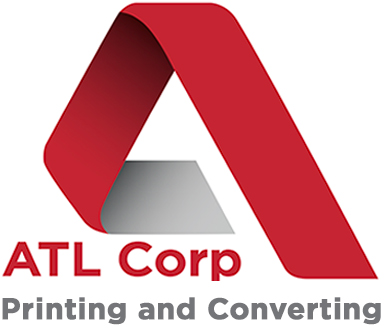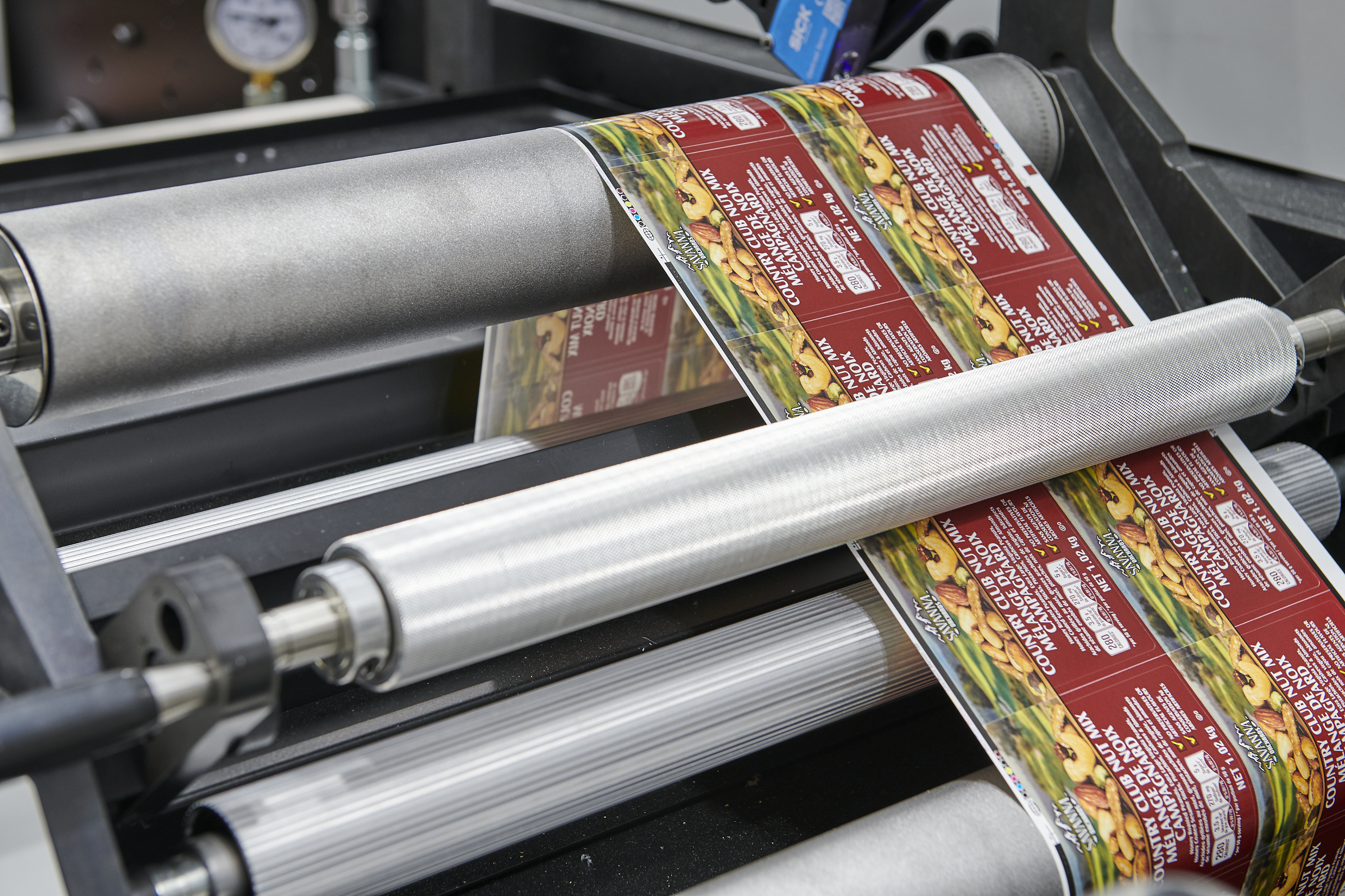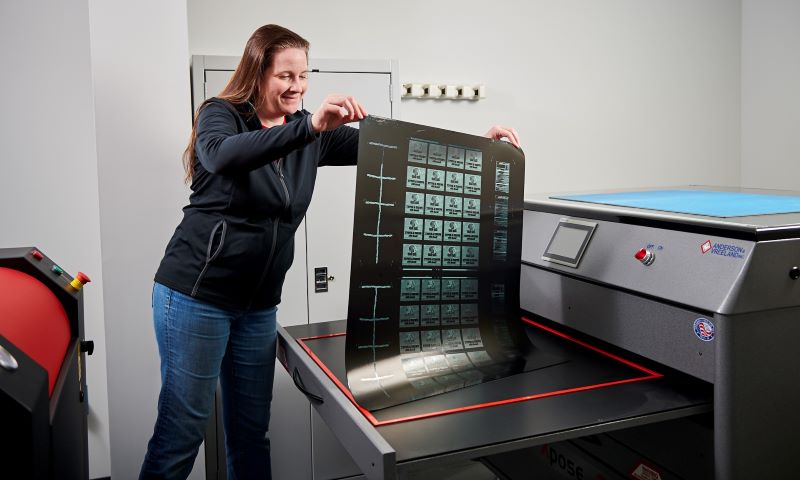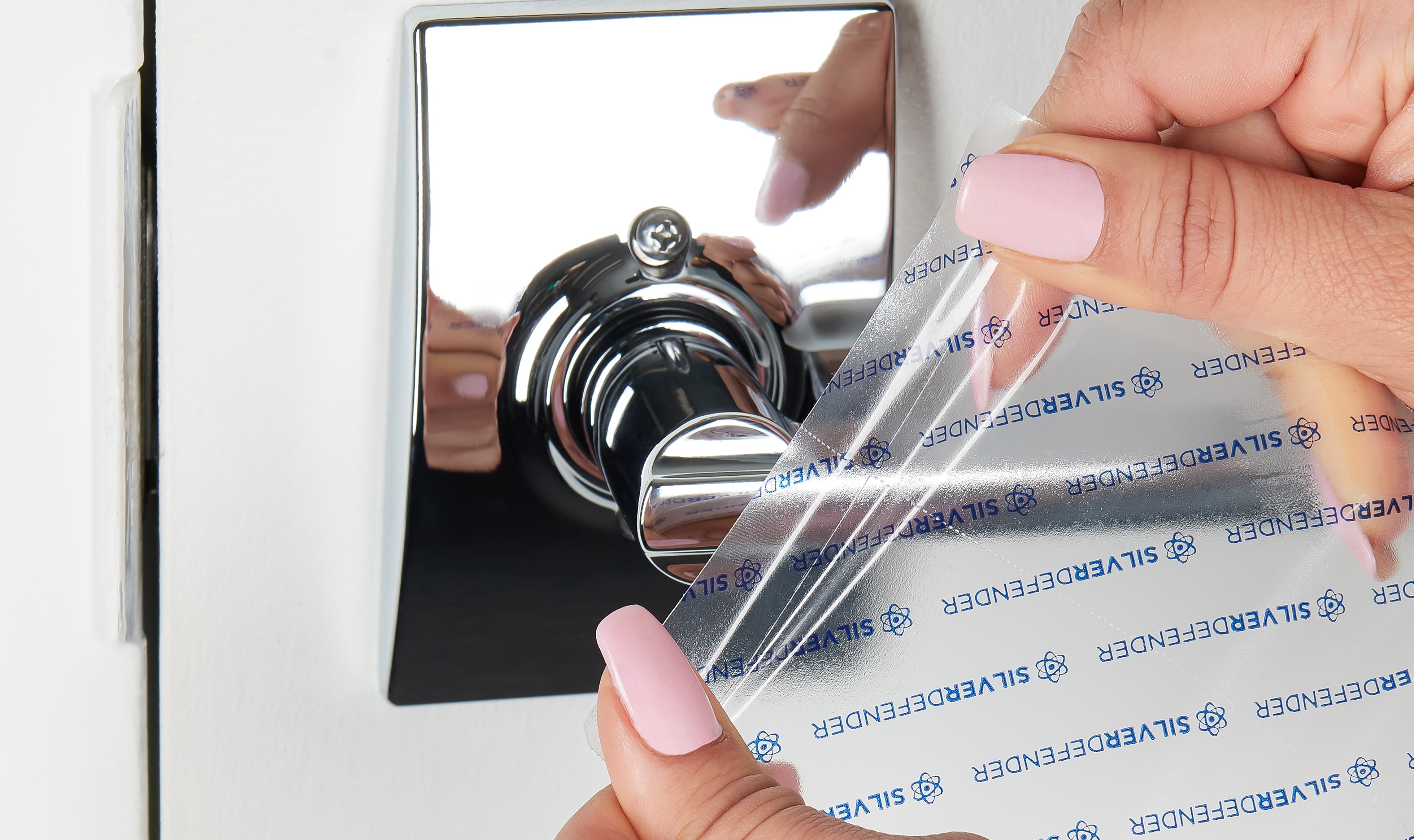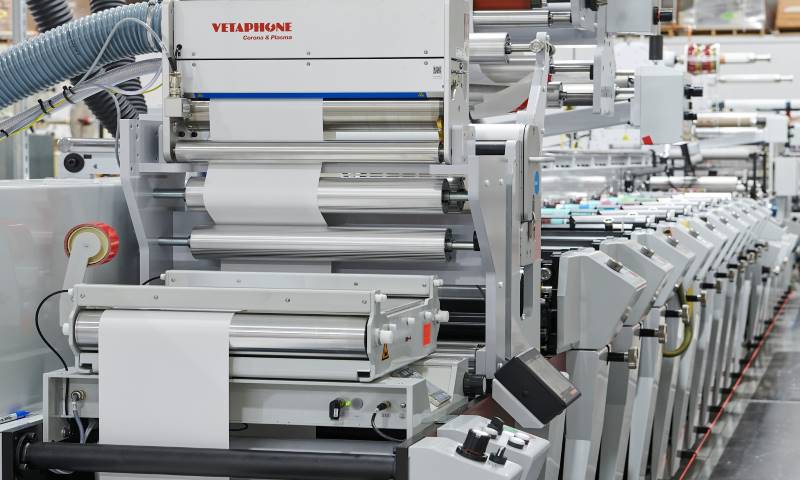
Flexographic and Digital Printing
ATL has been a leader in custom narrow web printing for nearly 70 years. We offer both flexographic and digital printing solutions. The choice of the right press technology for your product depends on many factors, including run size, lead time, and design complexity.
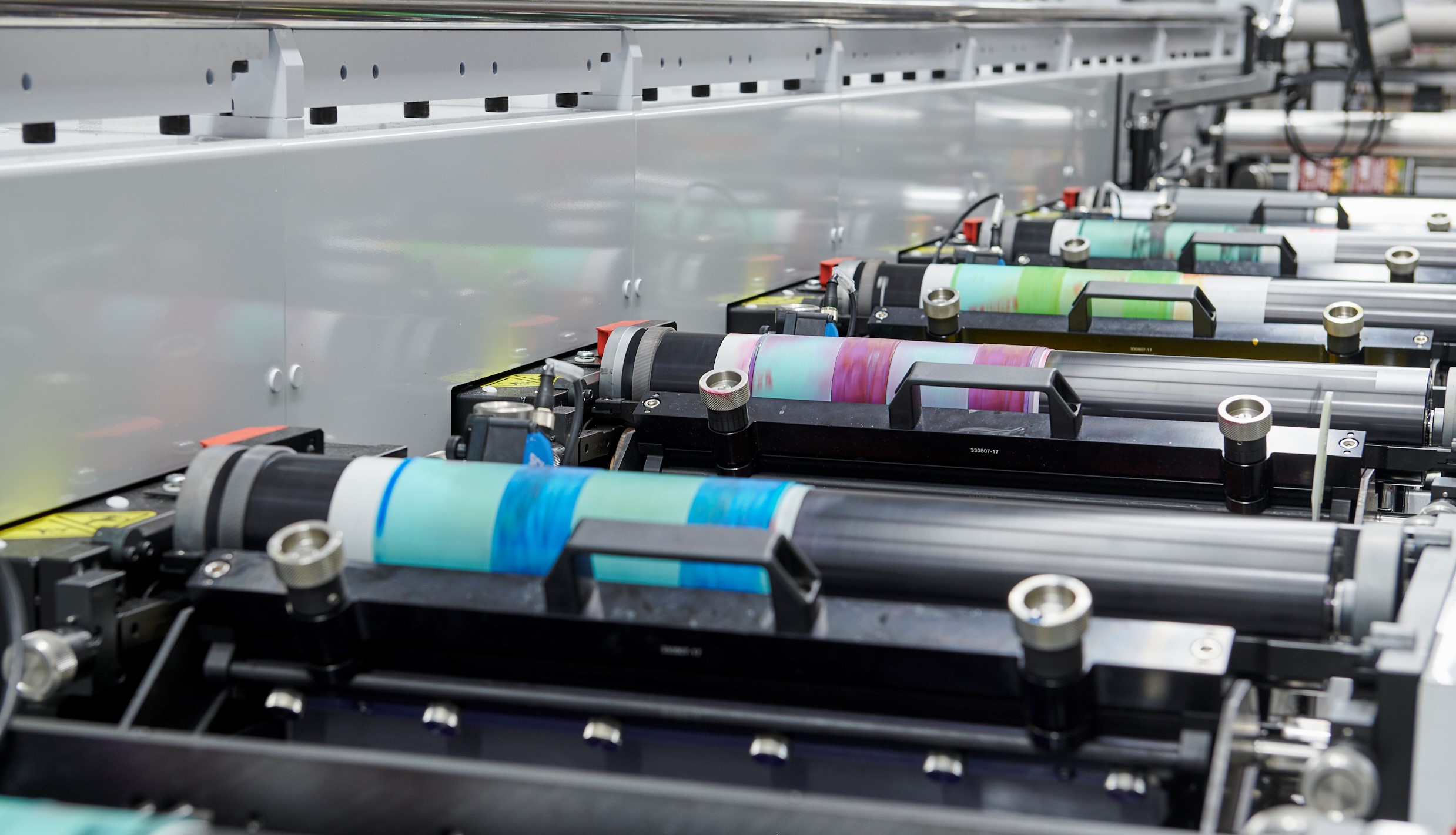 Flexographic Printing
Flexographic Printing
Flexographic printing, also known as flexo, utilizes flexible printing plates made of either rubber or photopolymer. These plates, wrapped around relatively large cylinders on a press, rotate at high speeds. Controlled amounts of ink are transferred from a fountain roller to a specialized ink-retaining roller, then to the plate. The plate then comes into contact with the substrate (i.e., labels) to generate a printout. The flexographic printing process can be used to print on various materials, including plastics, paper, cellophane, and metals.
Flexographic printing is great for large orders as flexo presses have superior throughput speed. However, time and efficiency may be hindered by the need to change graphics frequently. When changes are required, a new plate needs to be made, making setup a longer process.
Flexographic printing is a cost-efficient method for medium to large volume runs on various paper, film, and foam substrates for direct mail, industrial use labels, product identification and disposable medical device printing. Learn More
Digital Printing
Digital printing is a more recent method that covers various different techniques including, but not limited to, inkjet printing and laser. The main difference between digital and flexo is that images used in digital printing are sent from a computer file to the printer, which doesn’t require the use of printing plates to generate the image. Because it doesn’t require plates, digital printing affords more flexibility regarding any changes applied to the printout as additional plates aren’t needed, only a few clicks. Digital printing also allows businesses to print on demand, great for small-run jobs, as orders can be placed for as little as one print.
Digital printing is best for small to midsized label orders with variable print or multiple versions. For smaller orders, the price per label is lower than flexo printing since there are minimal setup costs.
Making the Right Choice
The choice between flexographic and digital printing is not a clear-cut one. It depends on various factors specific to your brand’s needs. Flexographic printing is generally recommended for large printing jobs where graphics don’t change much, if at all. On the other hand, digital printing is more often recommended for small-to-medium jobs, where graphics may require frequent changes.
As a flexographic and digital printer, ATL is able to provide the best value for your brand’s unique needs. No matter what type of printing solution you need, our full-service team will walk you through the printing process, from design to delivery, to help you develop the best label for your product.
When it comes to printing large volumes of labels or packaging, a printing press is often the best solution. In the past, options were relatively limited; nowadays, many options are available, such as offset lithography, screen printing, and even 3D printing. However, flexographic and digital printing continue to lead the way. Partner with ATL today to explore the best printing solutions for your brand.
What Can We Do for Your Business?
Call us 262.255.6150 or send a message info@atlco.com TODAY to connect with a specialist about your custom product.
Let's Get Started